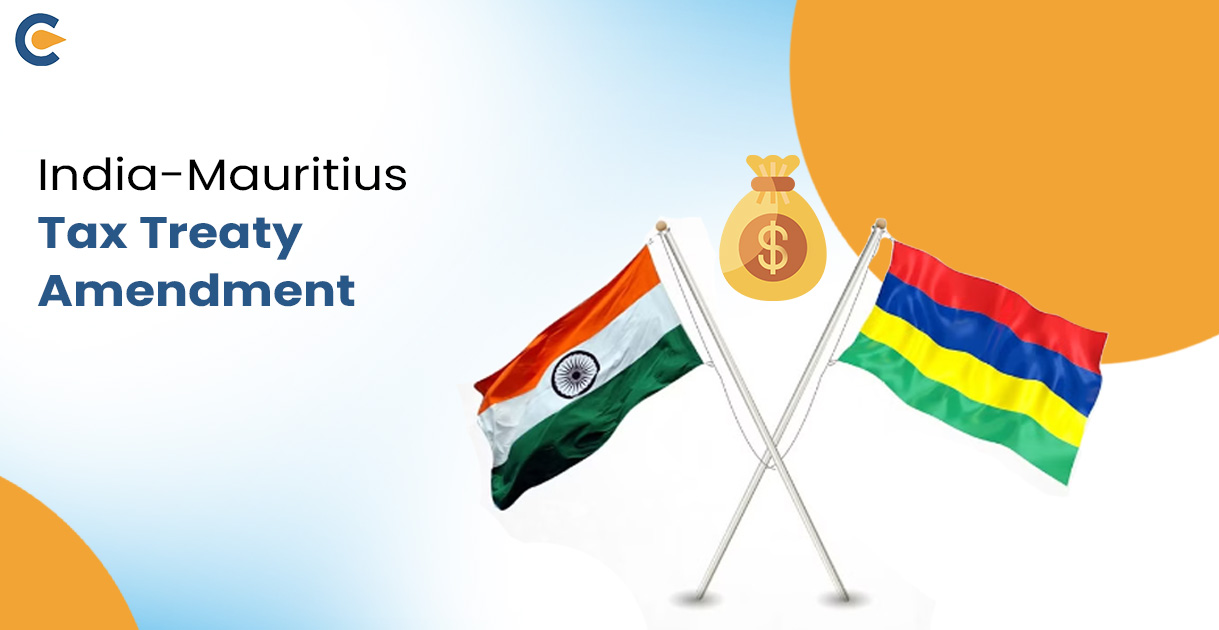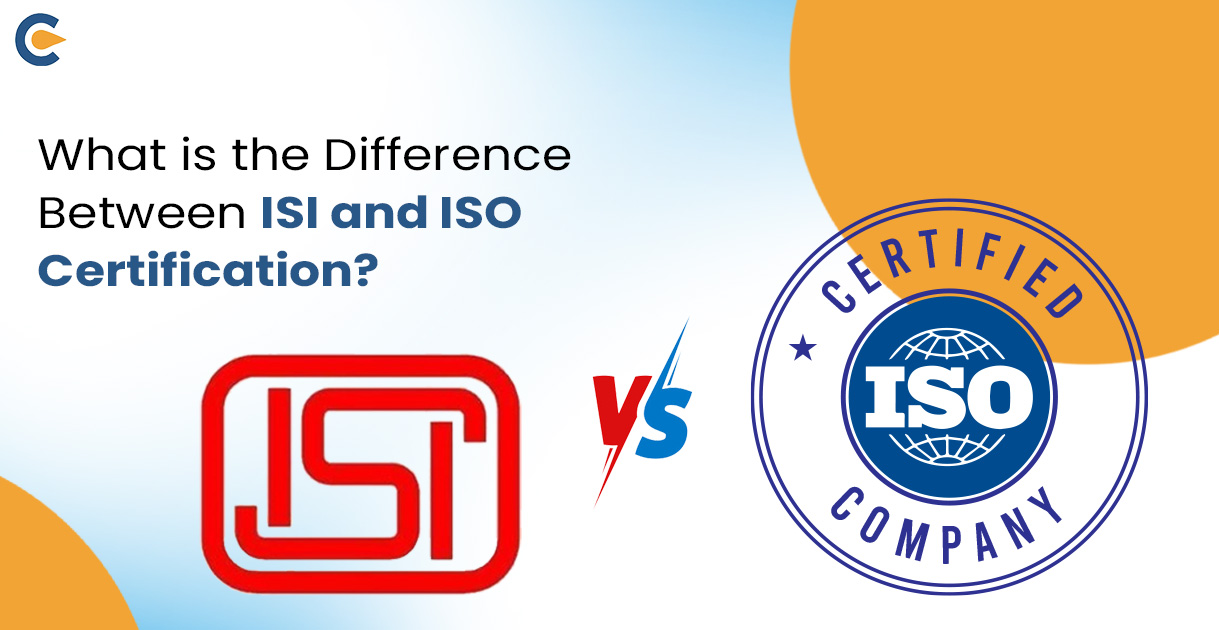The success rate of a product often depends not only on its brand but also on its design. Product design has always been important. An effective design creates a meaningful first impression and communicates the purpose of the product to its market. Companies spend a large sum of money to create a design that stands out in the market and is able to garner the attention of customers. The most successful companies like Apple, Mercedes, etc know there are obvious reasons to prioritize designs to improve the odds of success. Since companies strive hard to create an effective design, it is quite natural that companies would like the rights of their design to be protected from being stolen by third parties. Without registration, the creator of a design may be left without any rights. In this blog, we shall learn about the procedure of Design Registration and Protection in India.
In India, the aesthetics of any article or product of manufacture are protected and registered under the Designs Act, 2000 and Designs Rules, 2001[1] which was further amended by Designs (Amendment) Rules 2008 and Designs (Amendment) Rules 2014 and the last amendment in Designs Rules came into force from 30th December 2014, which incorporates a new category of the applicant as ‘small entity’ in addition to ‘natural person’ and others except for small entity.
Definition of Design under the Designs Act, 2000
‘”Design means only the features of shape, configuration, pattern or ornament or composition of lines or color or a combination thereof applied to any article whether 2D or three 3D or in both forms, by any industrial process or means, whether manual, mechanical or chemical, separate or combined, which in the finished article appeal to and are judged solely by the eye. Further, design does not include any mode or principle of construction or anything which is in substance a mere mechanical device, and does not include any trademark, property mark or artistic works as defined under Section 2 (c) of the Copyright Act, 1957.”
Therefore, the act gives protection or registration right only to the designs that are aesthetic in nature, applied to articles, and not to the designs dictated by a functional feature. The key purpose of Design registration is to see that the artisan, creator of a design having an aesthetic look, is not deprived of his bonafide reward by others applying it to their goods.
Who is entitled to seek Design Registration?
Any proprietor (design owner) who is seeking registration of a design that is original and not published previously in any country and the one which does not seem to be clashing to any law and order of the country, can file an application for getting the design registered. As per Section 2(j), the term ‘proprietor’ has been defined as the person who:
- Is the author of the design;
- Has acquired the design for a valid consideration and
- Anyone to whom that design has been devolved from the original titleholder.
Read our article:Legal Action Against Copyright Infringement Under the Copyright Act
Locarno Classification under the Designs Act, 2000
As per the Locarno Agreement, 2000 designs are registered in different classes. The agreement classifies goods for the purposes of the registration of industrial designs, which further helps in design searches. These classes are mainly function-oriented. Earlier, as per Designs Act, 1911, the classification of design was made on the basis of the material of which the article was made, whereas the new act classifies on the basis of the subject matter of the design i.e., the functionality. The new act has adopted an international classification system, the Locarno Classification System, which is established by the Locarno Agreement. While India is not a signatory to the Locarno Agreement, its classification of industrial design is a template of the Locarno Classification System.
Requirements for Design Registration
Following are the essentials requirements for design registration in India:
- A design will be considered for registration only if it is new or original.
- The design should not be disclosed to the public anywhere in India or somewhere else in the world by way of use or prior publication or in any other way
- For a design to get registered, it should be significantly distinguishable from design prior to the date of filings or a combination of designs that are already registered or pre-existing or disclosed to the public.
- Further, the design should not include any scandalous or obscene matter.
- It should not include any feature that is purely functional.
- Moreover, the design should not include any trademark or property mark or artistic work as defined under the Copyright Act.
Documents Required for Design Registration in India
Following are the documents required to register a document in India:
- Name and address of the applicant.
- The legal status of the applicant, i.e., whether the applicant is a natural person, Company, etc.
- In case the applicant claims to be a start-up registered with the Government of India, the certificate has to be filed.
- The applicant is also required to file the description of the ‘article’ along with the identification of the class as per the classification.
- Image/drawing of the article is to be filed along with the application.
- Other declarations and Affidavits.
The procedure of Design Registration in India
Chapter 2 of the Design Act deals with the procedure of Design Registration in India. Following steps should be followed to get your design registered:
- The first step is to file an application for registration in the patent office in the prescribed form along with the prescribed fee. It is important to file complete and correct information so that application is processed faster. The class in which design is to be registered must be specified in the application and the ‘article’ to which it is to be applied.
- Image/drawing of the ‘article’ is an essential aspect of a Design Application. To avoid objections with the filing of the image, an applicant for design registration must follow these tips:
- The image should be clear.
- Image should be shot on a contrasting background.
- The image of the design should be shot from all angles like front, rear, top, and bottom.
- Complete article should be visible in all the images, and no part of the article should be missing.
- Now, once the application is filed, further, it is examined by the Controller of Design. A detailed evaluation of the application is conducted by the Design Office. In this formal evaluation, the formal compliances like whether applicant’s identification and particulars are correct or not, article fall in the claimed class or not, are checked.
- If any objection is found, the applicant will be asked to make necessary amendments to get the design registered and nullify objections. The applicant gets an opportunity to file a written response to raised objections. If the Controller finds the written response satisfactory, the application is accepted. If the Controller has an objection, generally, an opportunity of hearing is given now if Controller is not convinced about the design gets rejected at the hearing.
- Once the design is accepted, it is then published in the Official Gazette.
- The validity of registered design is ten years from the date of application, which can be renewed for another term of 5 years.
- India is one of the endorsers to the Paris Convention, which lays down basic international principles primarily governing the protection of patents, trademarks, and industrial designs.
- In the case of design infringement, the owner of the design can claim damages and can also apply for an injunction so that design cannot be used further.
Take Away
A Design is a reflection of someone’s intellect and creativity, which afterwards becomes a product. The design of any product creates an enduring effect on the consumer’s minds. Hence Design Registration becomes critical if you want to protect your intellectual property. It provides additional means to gain a competitive edge in this increasingly commoditized market environment that most organizations are operating in. The design Registration process in India is relatively fast and less expensive, and to protect your design from cases of infringement, it is necessary to get your design registered under Design Act, 2000.
Read our article:Copyright Registration in India – Process, Requirements and Duration











